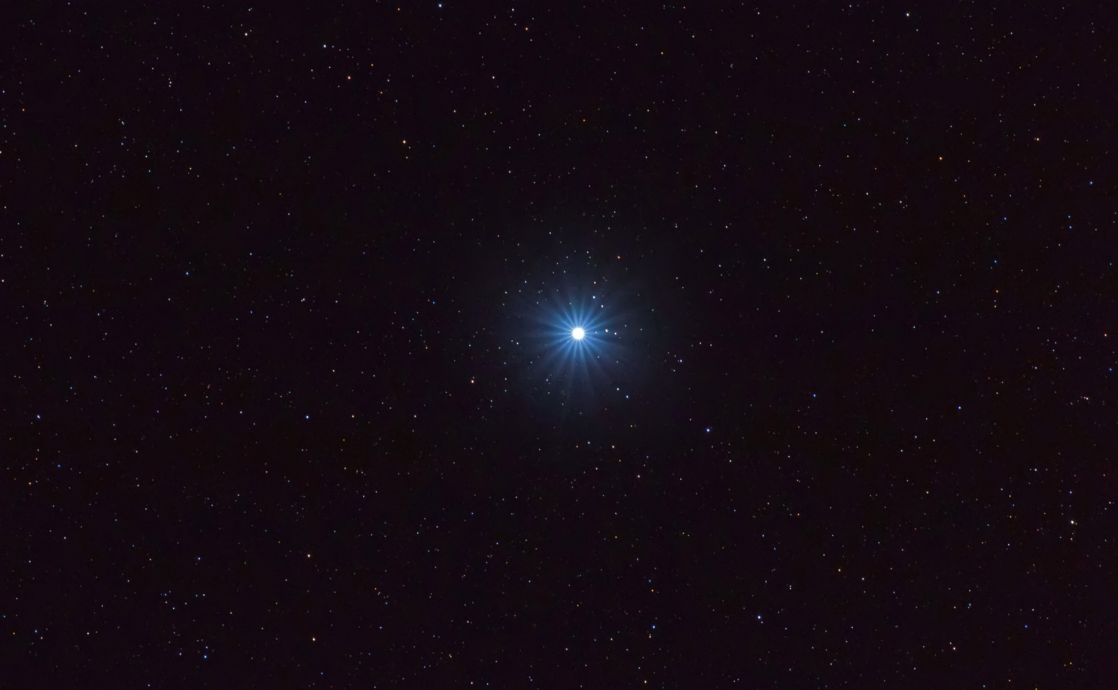The celestial bodies that adorn our night sky have long captivated humankind. Among these, Sirius, often referred to as the Dog Star, holds a preeminent place in various cultural narratives and mystical frameworks. In the context of Baha’i teachings, Sirius is not merely an astronomical phenomenon but a profound symbol of divine guidance and an embodiment of elevated spiritual truths. The intertwining of Sirius with the notion of the Twin Baha’i Stars offers a compelling metaphor for the relationship between divine revelation and human evolution.
Sirius, situated within the constellation Canis Major, is the brightest star visible from Earth. Its brilliance has inspired a multitude of interpretations and associations across diverse civilizations, from ancient Egyptian mythology to modern astronomical discourse. In Baha’i thought, however, the significance of Sirius transcends its celestial luminosity; it exemplifies the role of divine teachings provided through the manifestations of God. The star serves as an allegory for the illuminative power of these revelations, guiding humanity towards spiritual awakening and enlightenment.
Central to the Baha’i faith is the belief in the Twin Manifestations: the Bab and Baha’u’llah. These two figures are often metaphorically compared to twin stars in the vast cosmos of spiritual knowledge. Just as Sirius leads the way in the firmament, so too do the Bab and Baha’u’llah illuminate the path for seekers of truth. The juxtaposition of their teachings creates a convergence of insights, each reinforcing the other’s wisdom. This duality invites individuals to contemplate the nature of divine guidance as it manifests across different epochs, shining a light on humanity’s collective progress.
The Bab, herald of a new era, serves as the precursor to Baha’u’llah’s eventual revelation. His teachings call attention to the need for renewal and transformation. Through fervent exhortations of divine justice and unity, he ignites the flame of spiritual fervor in the hearts of his followers. The Baha’i writings emphasize that the Bab’s role was to prepare the ground for the advent of Baha’u’llah, thus creating a profound analogy wherein the two figures reflect the nature of a binary star system. One star shines brightly, capturing the attention of those seeking illumination—a call to action; the other provides a steadfast presence, symbolizing the promise of enduring guidance and love.
In this intricate dance of celestial metaphors, the concept of heavenly signs emerges as pivotal in Baha’i teachings. These signs serve as reminders of the overarching truths that bind humanity together. Just as Sirius has been seen as a navigational star for sailors and travelers alike, the Twin Baha’i Stars guiding the faithful offer a compass for moral and ethical direction in an often turbulent world. The teachings emphasize that by turning towards these manifestations, individuals can navigate the complexities of life, finding clarity amidst chaos.
Further exploration into the symbolism of the Twin Stars reveals layers of meaning that resonate within the context of dualities inherent in human experience. Light and darkness, knowledge and ignorance, love and strife—these contrasts lend depth to the understanding of spiritual success and human flourishing. The brilliance of Sirius, as the harbinger of change in many cultures, mirrors the transformative potential inherent in the Baha’i faith. It beckons followers to embrace the dual teachings of the Bab and Baha’u’llah, fostering a more profound connection with both the divine and the collective human experience.
The significance of Sirius and the Twin Baha’i Stars extends beyond mere metaphor. The stars signify a call to action—an imperative for believers to engage in the process of spiritual and social transformation. The compelling allure of the Baha’i teachings lies not only in their theological narratives but also in their application to contemporary societal dilemmas. As the illuminating force of Sirius beckons, it invites followers to rise to the occasion of their collective responsibilities, nurturing the eradication of prejudice, the promotion of unity, and the establishment of peace.
Moreover, the qualities attributed to Sirius—brightness, clarity, and guidance—serve as attributes that Baha’is are encouraged to emulate. In personal practice and community involvement, these ideas can coalesce into tangible expressions of spirituality that uplift both the individual and the collective. The pursuit of truth and justice becomes an echo of the light that manifested through the Twin Stars, reinforcing the belief that individual actions contribute to a larger cosmic harmony.
The teachings surrounding Sirius and the Twin Baha’i Stars thus provide a rich tapestry of wisdom, woven with the intricate threads of metaphor and spirituality. The resonance of these symbols invites a contemplative exploration of one’s connection to the divine and the shared journey of humankind. Just as the night sky is heralded with brilliance, so too is the promise of spiritual enlightenment—shining brilliantly upon those who dare to pursue it.
In conclusion, the exploration of Baha’i teachings through the lens of Sirius and the Twin Baha’i Stars offers a multidimensional understanding of divine guidance. The profound interrelationship depicted extends an invitation to readers: to look beyond conventional confines of faith, to embrace the luminous potential of unity in diversity, and to recognize that in the expansive universe, the path to enlightenment is illuminated by the stars above and within.
